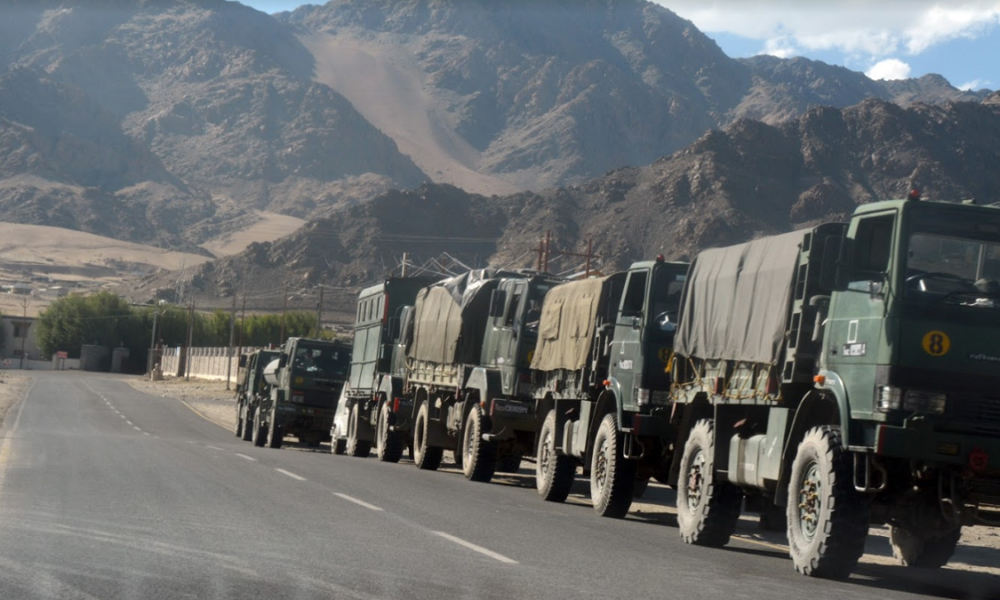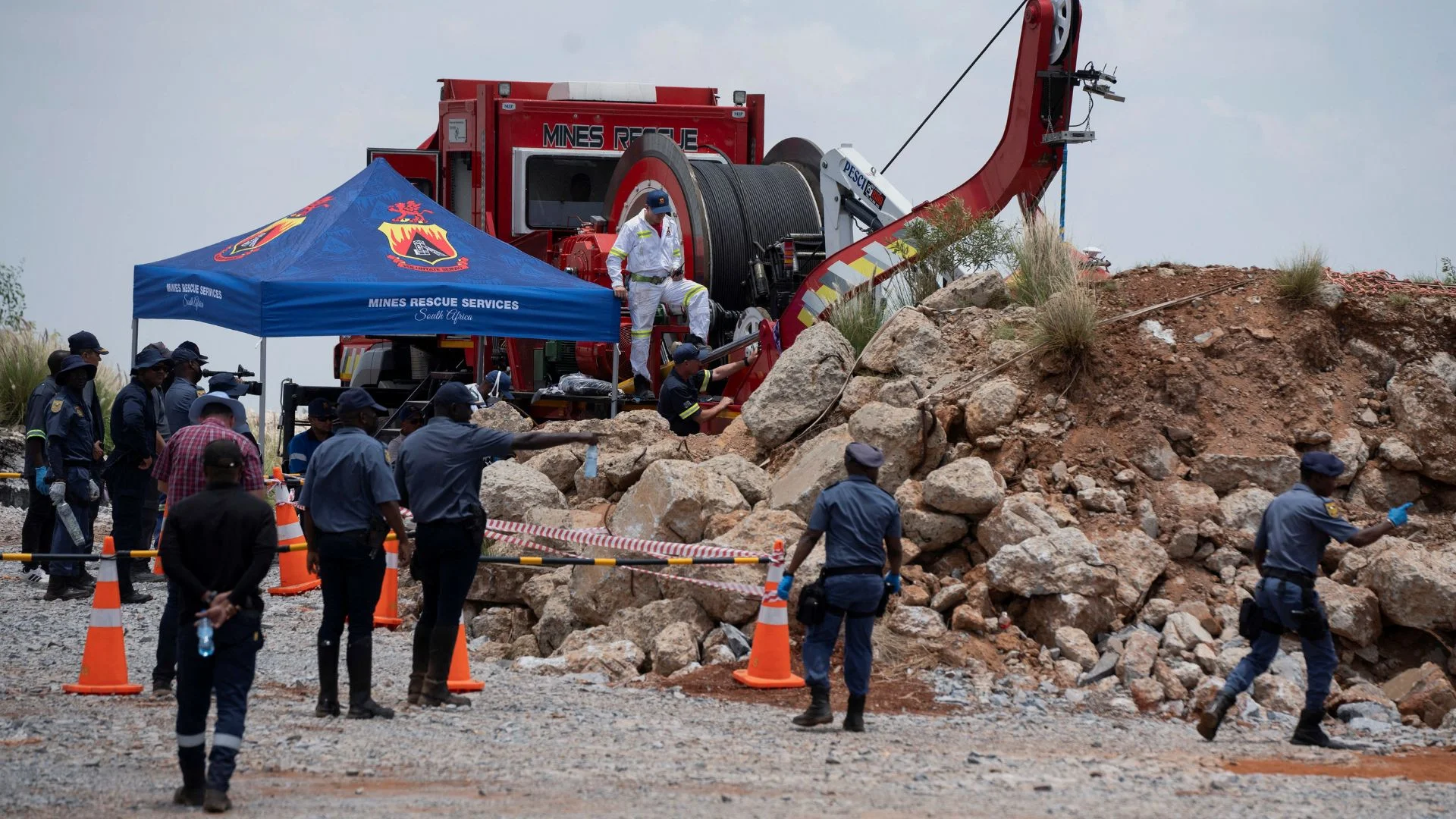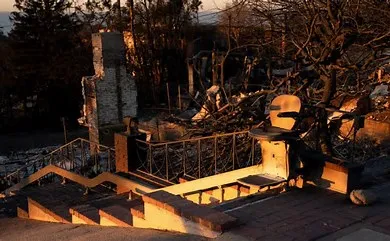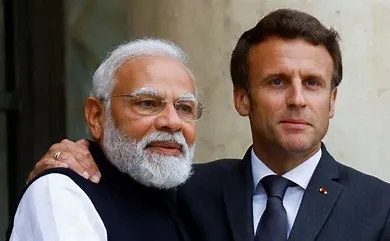India-China talks are a charade played by China — an absurd pretence intended to create a respectable appearance while the intentions are diametrically opposite. This pretence over the last four months has enabled China to achieve what it wanted all along — physically occupy disputed areas, extend Line of Actual control (LAC) further westwards unilaterally and create new facts on ground. Chances of China ensuring status quo ante of April 2019 appears remote if not ruled out completely. The talks at military, diplomatic and political levels have not yielded any worthwhile result. More meetings are scheduled — no major breakthrough can be expected in the prevailing environment; however, talks must continue so that communications are open and hopefully an open war which benefits no one is at least kept at bay.
Having missed a few opportunities in the early days, what are the options now for India — a full-fledged or limited war to force China to vacate the disputed areas, an intervention at the highest political level or accept the present stalemate? A stalemate appears to be the most likely scenario — a “no war no peace” situation opens up a Pandora’s Box for India. India will now have to manage a total of almost 7,880kmof hostile border (3,323 km of IndoPakistan border, including the Line of Control (LoC) and 4,056 km of border, including the LAC with China (traversing four Indian states and one Indian Union Territory) at a high level of operational preparedness. Besides the length of the border, the terrain ranges from plains to deserts to high altitude to some of the highest battle fields in the world with extremely inhospitable conditions. With the Chinese border also getting fully activated, the hostile borders have more than doubled.
Besides managing the physical and mental wellbeing of soldiers operating at temperatures as low as minus 40 degrees with high wind chill factor, there are also huge costs for equipping the soldiers with special protective clothing, high calorie diet, special living shelters, stocking of rations and fuel oil and lubricants for over 30,000 troops for the winters. Add to this the cost of Air Bridge — the transport aircraft and helicopters which is the main stay for ferrying supplies to the base and far-flung posts. Maintaining status quo will also be a gigantic task and entail huge cost. No doubt the only consolation for India is that it will be worse for China with a longer logistic tail and having to face the severe winters with troops who are not battle hardened for operating in these areas. India has now a two-front war staring at its face. India has always been fully prepared for a war with Pakistan. It was expected that if there was a war between India and Pakistan, China would not intervene directly. However, China feels threatened after India redefined the old State of Jammu and Kashmir (J&K) as two Union territories of J&K and Ladakh and the fresh map showed illegally occupied Pakistan occupied J&K besides Gilgit-Baltistan and Aksai Chin within the newly carved Union Territory of Ladakh. China has grand plans to invest billions in the CPEC corridor and Aksai Chin is a lifeline for China.
India’s firm assertion that these areas will be wrested back probably put the Chinese antenna up. Hence the collusion between China and Pakistan is now irreversible and India has to be prepared for this. If push comes to a shove, India is capable of dealing a heavy blow on both fronts even if it is a collusive effort, but the better option is to have a strong deterrence to prevent either Pakistan or China even think of a military conflict. A force development for this collusive threat cannot be built up over a short period; moreover it can be done only at huge economic costs for a developing economy.
This crisis is coming up at a time when the economy is badly shattered by the Covid crisis, with the GDP having shrunk nearly 24 percent. The present spending on defence is down to 1.56 percent of GDP, even lower than 1962. While no cost is too high for national security, it will still take a few years to build up this capability for a deterrent two and a half front strategy. For ensuring deterrence level capability, we have to address several issues like adequate levels of ammunition supply, capacity building, shrinking fleet of fighter jets, modernization, and so on. In this context, India has two options for the interim period of build-up–negotiate with China or Pakistan or join a military alliance. A deal with Pakistan is well-nigh impossible keeping in view the historic differences between both the countries; Pakistan cannot forget the humiliating defeat of 1971 and thrives on its anti-India agenda — Kashmir is the bone of contention. Pakistan is now further emboldened by its close ally, China so any reconciliation seems unlikely. As regards China, so far diplomacy had worked in keeping the threshold below conflict level; however, recent aggressive actions by China has changed all that. China has now made it clear that it wants to abide by the claimed 1959 LAC line and does not recognise the UT of Ladakh. This makes any negotiated peace difficult, if not impossible, unless China is ready to change its stand. In any case, a deal with China can work out only if we are ready to accept their terms which will be suicidal for India and its honour in the long term. Thus, the option of negotiating with one, while dealing with the other, seems well-nigh impossible.
Hence India’s option now remains military only. Even if costs are set aside, India needs time to build up a credible deterrence. Is military alliance an interim option? The world around us is changing faster than ever before — politically, economically, technologically, environmentally and socially. Non alignment or multi-alignments are no more options. China has taken the role of a big bully and Russia is more or less keeping out of the Sino-US standoff. Whether it is Hong Kong, Taiwan, South China, treatment of Uighur Muslims or Tibetans and more recently in Ladakh in India, Bhutan or Nepal, China has shown that it does not care anymore for world opinion and will continue with its expansionist policy to be the world power. US-China relations are at its lowest ebb and an intense trade war is on. It is not only US, but many countries–Japan, Australia, Vietnam, South Korea, European Union, and others — who are up in arms against China. The global anti-China sentiment is at its highest since the 1989 Tiananmen Square crackdown. The world is watching as China hardens its foreign policy. It is time to build a military alliance against China. Had India been an ally of US, would China have dared to carry out its expansionist actions against India, knowing that there will be retaliation from US? While India has signed the General Security of Military Information Agreement with US, it falls well short of a military alliance.
No doubt a bilateral military alliance with US will to a large extent reduce our strategic flexibility or freedom and willy-nilly draw us into conflicts across the world which may not be in our interest. Also, our friendship with Russia will be affected. Hence, multilateral military alliances may be the way forward. India can consider building up a credible military deterrence by working with US towards elevating Quadrilateral Security Dialogue (Quad) from an informal consultative mechanism to a targeted, need based, multilateral military alliance. So far, the Quad has moved in fits and starts — now, with China’s belligerence and hegemonic behaviour, all four countries, Japan-Australia, India and US (many ASEAN countries like South Korea and Vietnam may join the Quad plus) will be inclined towards an anti-China military alliance. The military alliance should be all encompassing and concerns of all the member countries, including India’s continental threats, should be addressed.
It will not only have the band wagon effect, but also better strategic freedom for each country. India will also be able to continue its good relations with Russia rather than if it is a one to one bilateral military alliance with US alone. This option will give access to technology, and give India the time to build up its military muscle. China has reached a turning point and feels that time has come to shed the façade of diplomacy and use threat if needed for its expansionist policies across the world. India should shed its inhibitions and placatory diplomacy and take the fight to the other side. India is one of the largest democracies in the world, a major economic power and has goodwill and standing as a responsible nation in the changed global environment; it should seize the moment to play a decisive role in regional and international arena. India should take the lead in building a consensus for a multilateral military alliance against China.
A paratrooper who had served in Ladakh at various levels, Major General P. Rajagopal AVSM, VSM (retired) has also commanded the division in eastern Ladakh























